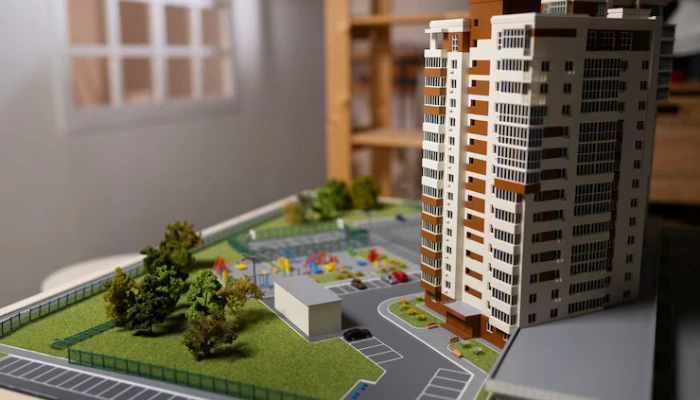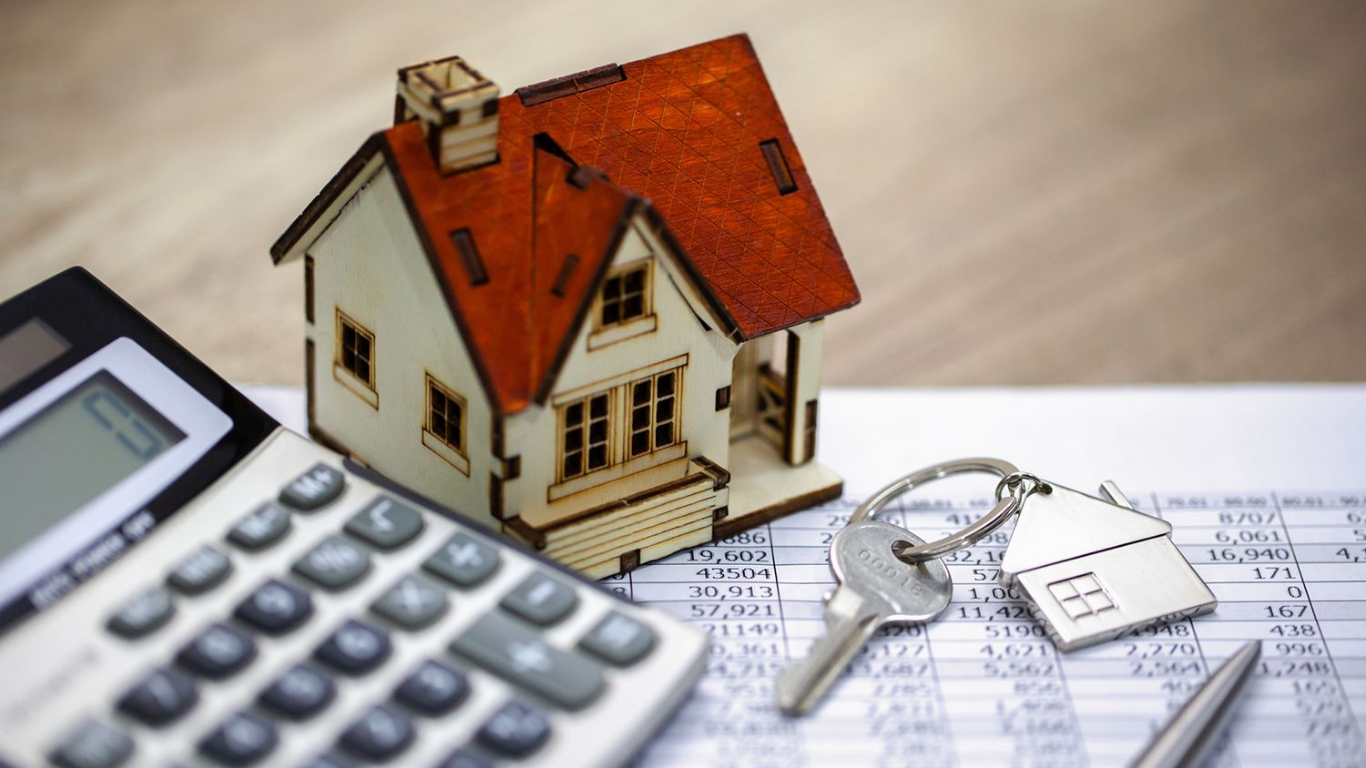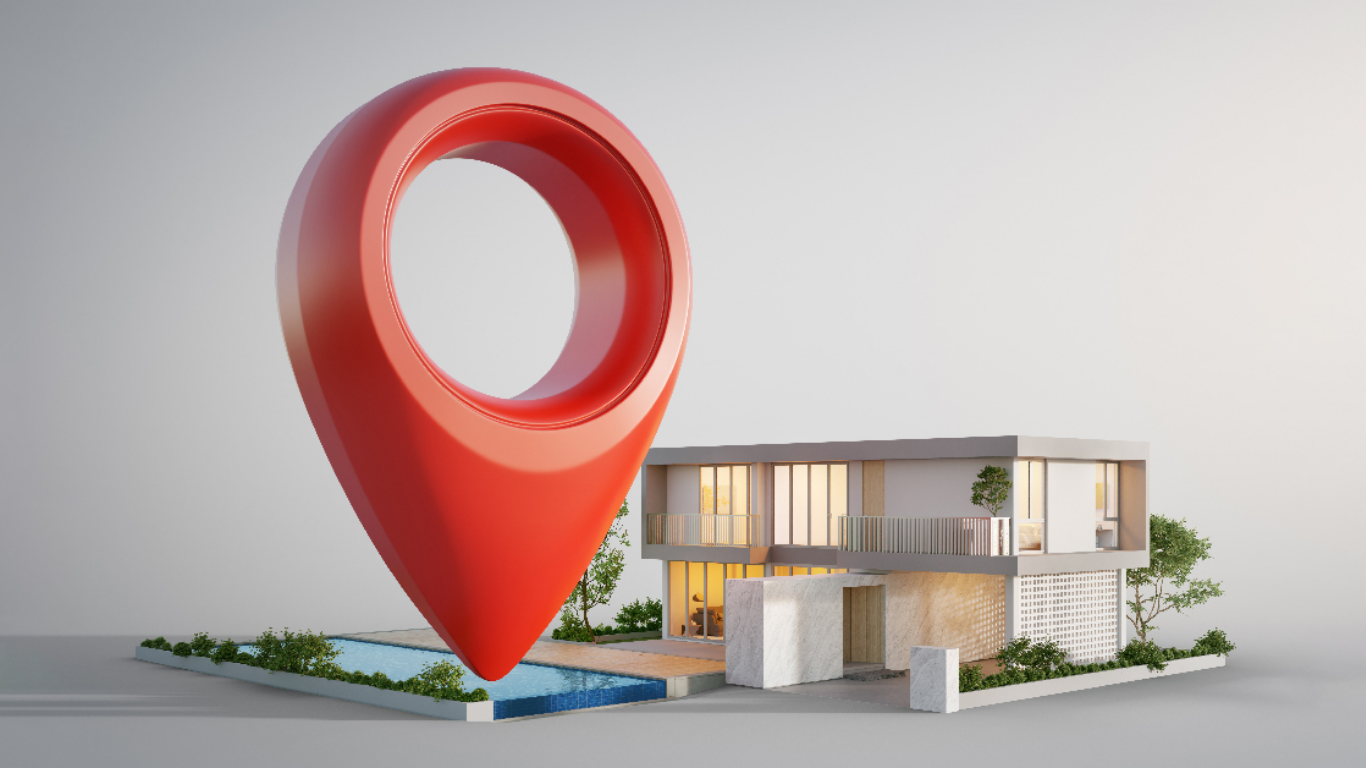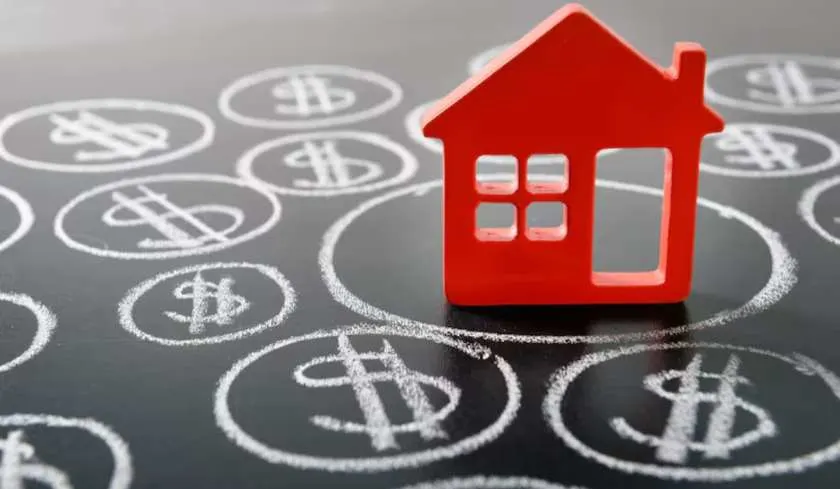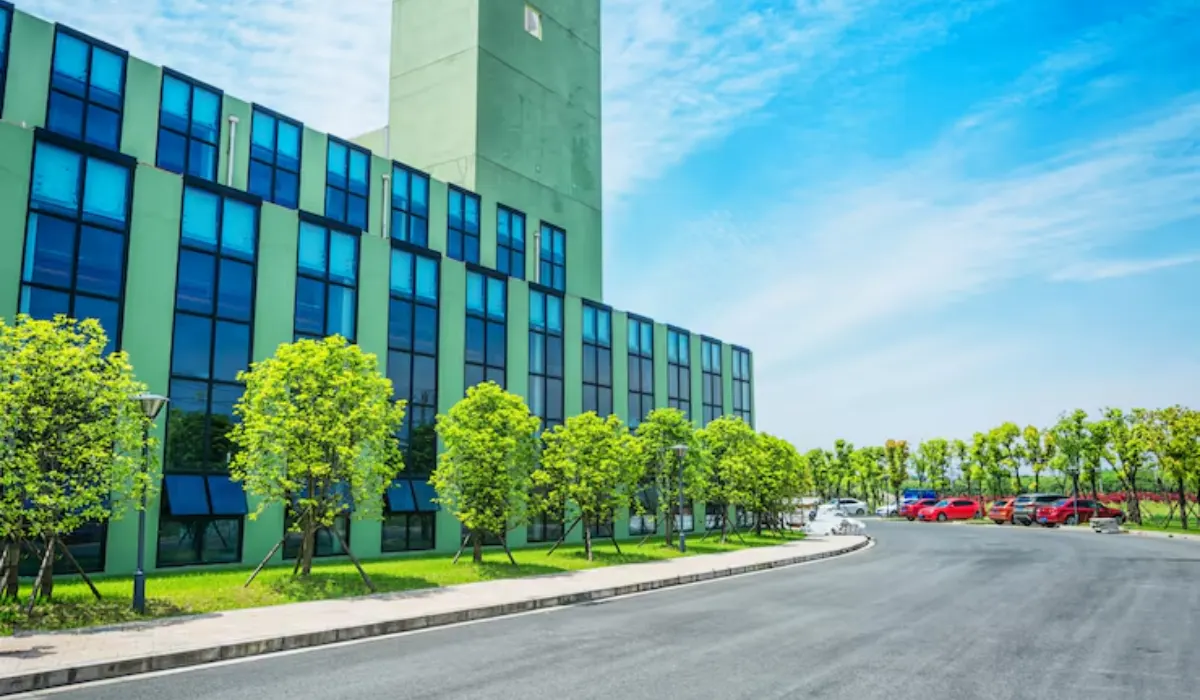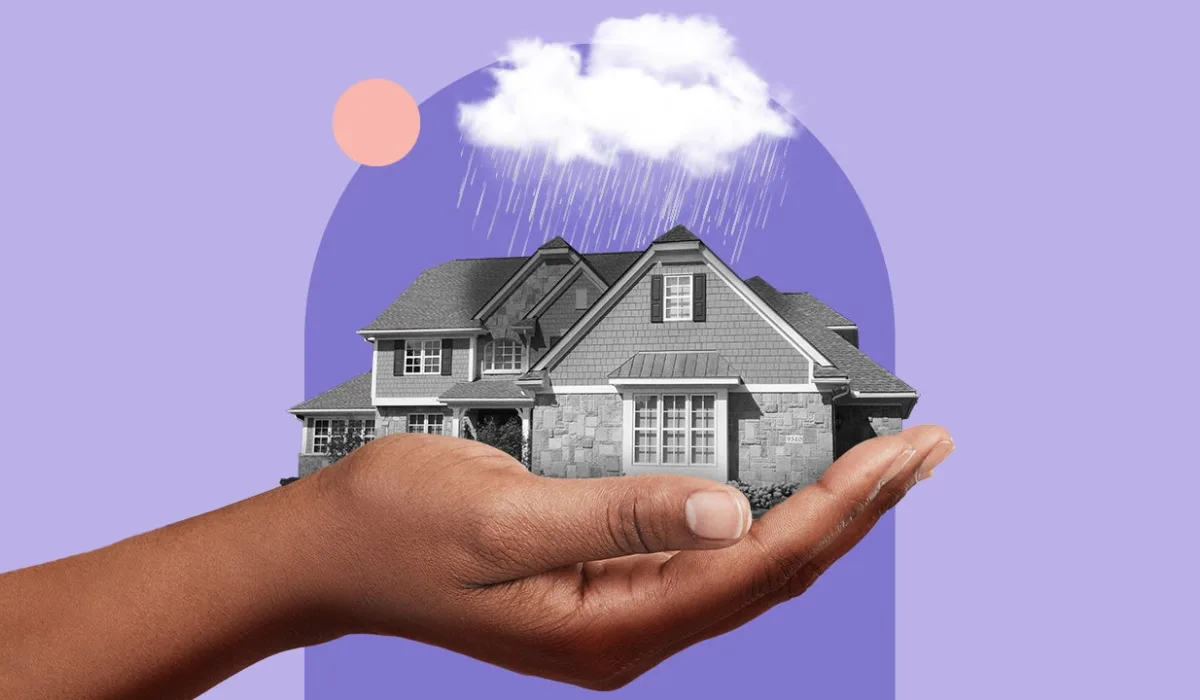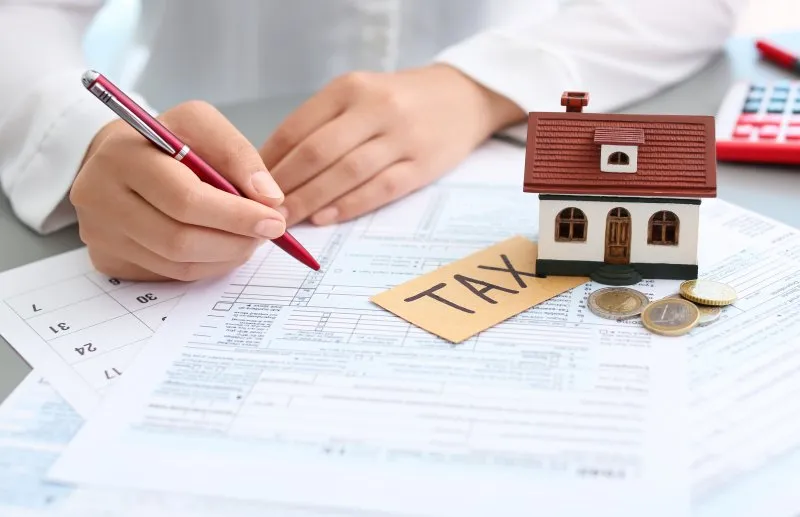Prism Hotels & Resorts is a Dallas, Texas-based full-service hotel management company that manages premier hotels and luxury resort properties across the US for leading brands, as well as independent and boutique hoteliers.
GlobeSt.com recently spoke with Prism President & CEO, Steve Van about the state of the industry—and about what he expects the hospitality landscape to look like in the months and years ahead. In this Q&A, Van pops the hood and takes a closer look behind some of the national numbers, discusses trends in individual markets, and suggests some reasons for both optimism and caution for hotel owners and operators.
What follows are some of the highlights from that conversation:
There has been a lot of talk about the surprisingly durable period of growth and strong performance—not just in the hotel industry, but with respect to larger national economic numbers. That’s obviously welcome news for hoteliers, yes?
SV: You won’t find any complaints, no. I will say, however, that the headline numbers are about the past- and the longest growth period in history. Things get more complicated and concerning when you start to take a closer look at some of the trends—and the individual market numbers across the country.
Tell me about some of those complications.
SV: The January 27th STR report on U.S. hotel industry performance has some really fascinating numbers. On the one hand, December RevPAR nationally was the strongest it has been all year, at 2.6%. On the flip side, transient annual ADR growth is now down below 1%, and, more importantly to my mind, expenses are going up. The rising cost of labor isn’t helping things. Here in Dallas in a year that experienced a 0.3% RevPAR decline – hospitality workers’ pay increased 7.2%. With expenses growing around 3-5% on average nationwide, operating income and profit are trending in the wrong direction. It’s not a catastrophic drop, but it’s not ideal. And keep in mind, at the same time, we’re adding more than 4% to the room supply.
So profits and bottom lines are the real story here?
SV: Absolutely. Increased demand and increased ADR make for great headlines, but I truly do believe we need to talk more often and more openly about profitability. The single most important statistic in the hotel business is net operating income, and the picture there is less rosy than the public narrative would have us believe.
You mentioned individual market performance earlier. Can you elaborate?
SV: Fundamentally, the hotel business is a market-by-market business. And we are seeing a lot of variability between markets—much more of a mixed bag than the aggregate top-line numbers might lead us to believe. The difference between the top markets and the bottom ones right now is alarming. While Phoenix and Denver are doing well, the STR report I mentioned earlier has New York City, Seattle and Houston all with a RevPAR decrease of more than 3%. The Los Angeles LAX hotel sector is also looking pretty grim right now.
Do you have any thoughts about what that variability might mean going forward?
SV: Yes. Some hotel markets will see increasing defaults and foreclosures much sooner than others. These weaknesses coupled with the potential effects of the coronavirus, could produce huge problems for local hotel owners. The virus is headed our way. It is not a minor matter and is already dramatically affecting markets like LA. And with the gap between transient and group business having grown from 16% in 2005 to around 34% today, we are liable to feel the impact of a downturn more quickly than in the past. Oversupply also makes us a little more vulnerable in that respect. We are seeing some eye-opening numbers in places like Nashville (a 13% increase in supply) and New York (a 10% increase).
Finally, the fear of coronavirus economic damage disproportionately impacts hotel stocks. Last Monday when the DOW was down around 3%, Hilton was down 11%, and Marriott 8%. Lodging stocks seem to be in a free fall.
Some of that is fairly sobering. So what good news do you have for us?
SV: I think the biggest piece of good news is that the industry is in a much better spot today than we were before the last big recession in 2008. Occupancy went down about 8.6% during the worst of things back then—bottoming out around 54% or so. Today we are starting closer to 66% than the 62% we were seeing in 2007. So with more meat on the bone, even if a recession takes a big bite, the hotel business as a whole is in a better place. Even if we were faced with another precipitous drop, that difference between 54% and 60% is a pretty big deal. There’s a better chance in that scenario that hotel owners and operators can still cover their fixed costs. In other words: it could be the difference between survival and losing your hotel.
So even if a recession hits, there’s less reason to suspect the kind of devastating impact we saw 10+ years ago?
SV: Exactly. Risk Adjusted Returns has gotten to be a pretty popular metric for investors. And there’s just less risk now than there was in 2007. We have a broader occupancy base and more room for error. That doesn’t mean that right now is the best time to invest, however. This isn’t doom and gloom at all, but it always pays to be smart, and I think savvy and experienced hotel professionals are keeping their powder dry for the time being.
What are some of the other trends and storylines from around the industry that are catching your eye right now?
SV: There’s still an awful lot of new hotel rooms in construction or in the pipeline, as I mentioned. And the spike in new brands is definitely noticeable. I do wonder if now is the best time for that, given that the time and expense involved in building a brand up to a critical mass of national viability might not be available before the inevitable market downturn.
So your bottom line is to be watchful and proceed with caution, then?
SV: 100 percent. Nationally, RevPAR is flattening out, even as expenses continue to creep up. The data is telling us we are on thin ice. And if you’re on thin ice, you don’t keep walking out further toward the middle of the lake. That doesn’t mean we should be fearful or reactionary, but it does mean we should be thoughtful, cautious and strategic.


